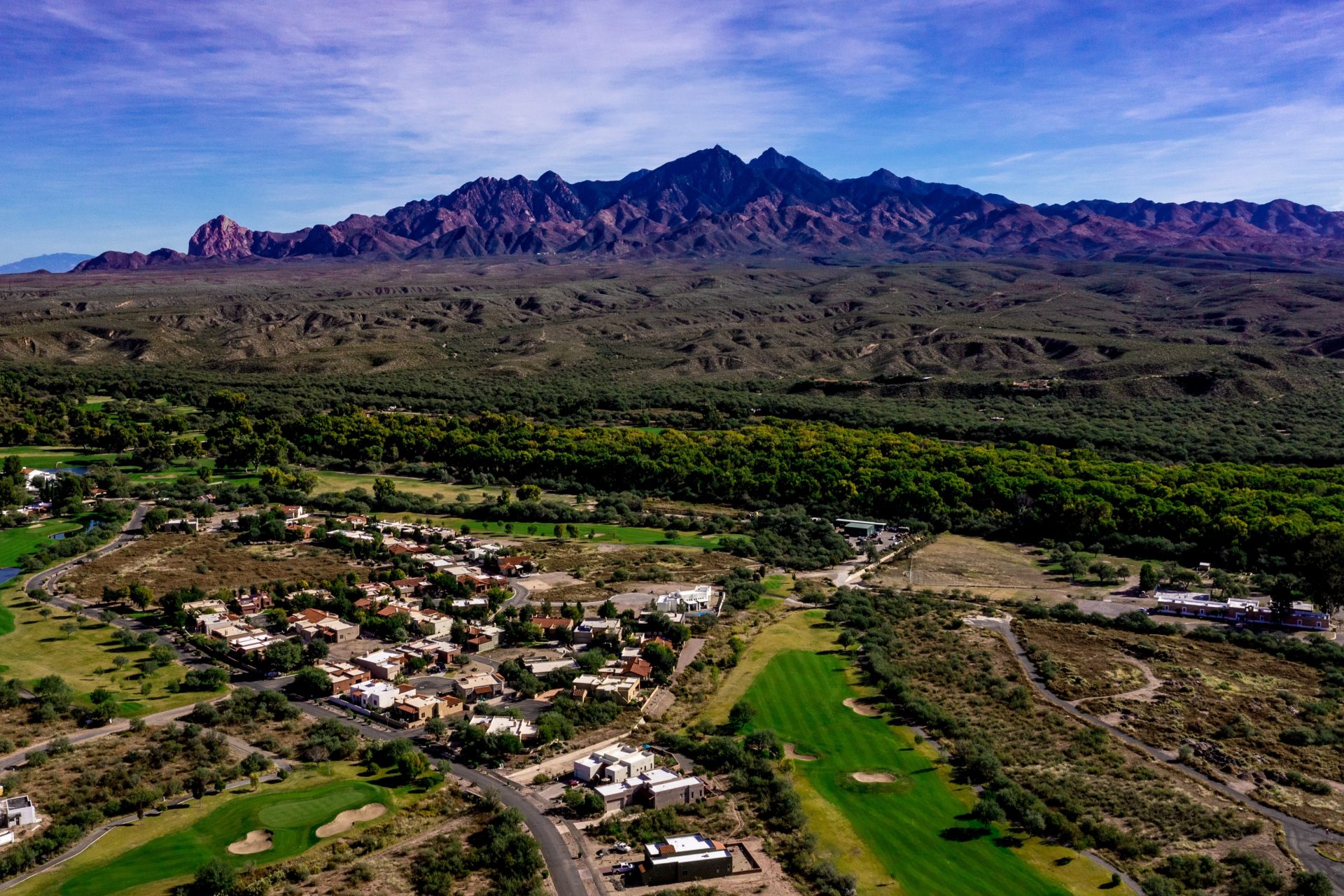
Welcome to Tubac, AZ
Tubac is a census-designated place (CDP) in Santa Cruz County, Arizona, United States. The population was 1,191 at the 2010 census. The place name “Tubac” is an English borrowing from a Hispanicized form of the O’odham name Cuwak, which translates into English as “place of dark water”. When first taken into Spanish speech, it was spelled Tubaca. Finally, over time, the latter “a” was dropped. Tubac is situated on the Santa Cruz River.
Tubac was the original Spanish colonial garrison in Arizona. It was depopulated during the O’odham Uprising in the 18th century. During the 19th century, the area was repopulated by miners, farmers and ranchers, but the town of Tubac is best known today as an artists’ colony.
You found the right website if you are searching for homes for sale in Tubac, AZ. Our website has EVERY Tubac home for sale in Arizona listed with MLS of Southern Arizona.

